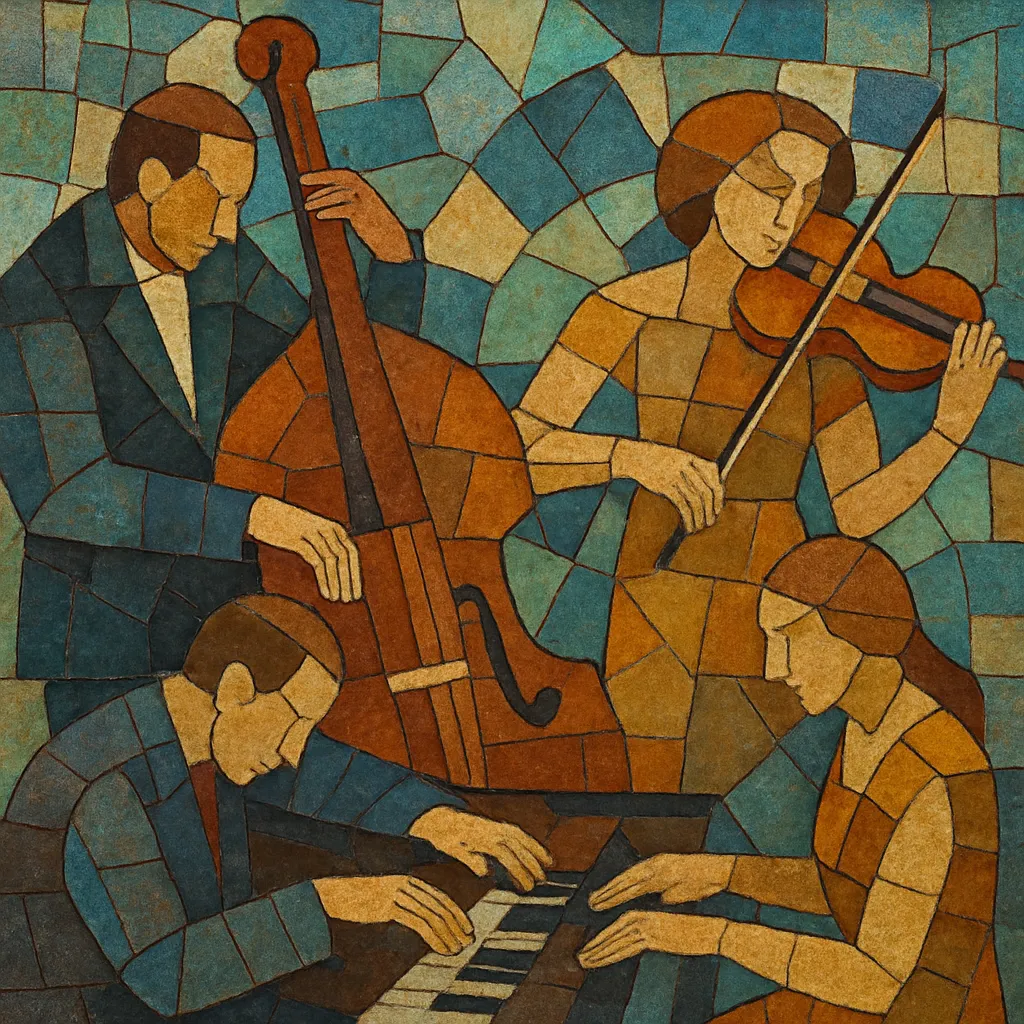
Third stream is a hybrid genre that intentionally merges the languages of jazz and Western classical music.
Coined by composer and horn player Gunther Schuller in 1957, the term describes music that is neither "jazz with strings" nor classical music with a swing veneer, but a true synthesis. It typically combines classical forms (such as fugue, theme and variations, or concerto-like structures) and orchestration with jazz harmony, rhythm, and improvisation.
The results range from chamber-sized works for jazz combo and string quartet to large pieces for orchestra and jazz soloists. Third stream pieces often alternate between fully notated sections and improvised passages, use counterpoint and extended harmony, and may blend straight and swung time feels within a single work.
Gunther Schuller introduced the term "third stream" in a 1957 lecture at Brandeis University to name a new approach that fused jazz and classical music into a distinct third current. Early exemplars included Schuller’s own works (such as his concerted pieces for jazz quartet and orchestra), John Lewis’s compositions for the Modern Jazz Quartet, and George Russell’s large-form pieces like "All About Rosie" (1957), which integrated jazz improvisation with classical developmental techniques.
The concept took shape on recordings that foregrounded form and orchestration alongside improvisation—among them Schuller’s "Jazz Abstractions" projects, John Lewis and the MJQ’s collaborations with chamber ensembles, and orchestral jazz albums connected to arrangers like Gil Evans. While adjacent works by Miles Davis and Evans (for example, "Sketches of Spain") are often discussed in the same conversation, third stream purists distinguish projects that explicitly integrate classical form and jazz improvisation from lush symphonic jazz settings.
The approach gained academic traction when Schuller became president of the New England Conservatory (1967–1977). In 1972, NEC established a dedicated Third Stream department (later renamed Contemporary Improvisation), led by pianist Ran Blake, solidifying the genre’s presence in conservatory training and legitimizing composer–improviser practices that straddle jazz and classical traditions.
Though never a mass-market style, third stream seeded a broad array of hybrids. It helped normalize chamber jazz, orchestral jazz, and composer-led projects that use classical forms alongside jazz improvisation. Its emphasis on through-composed structures, counterpoint, and timbral exploration influenced later jazz fusion, experimental big band writing, and many contemporary composer–improviser practices.

